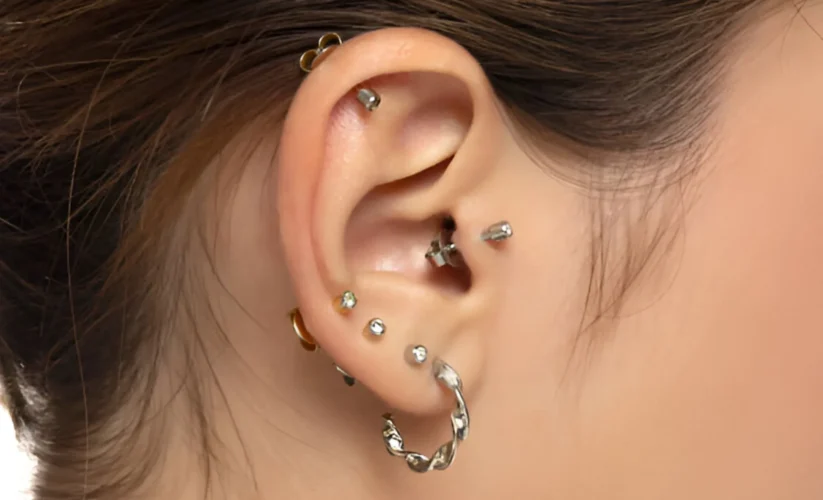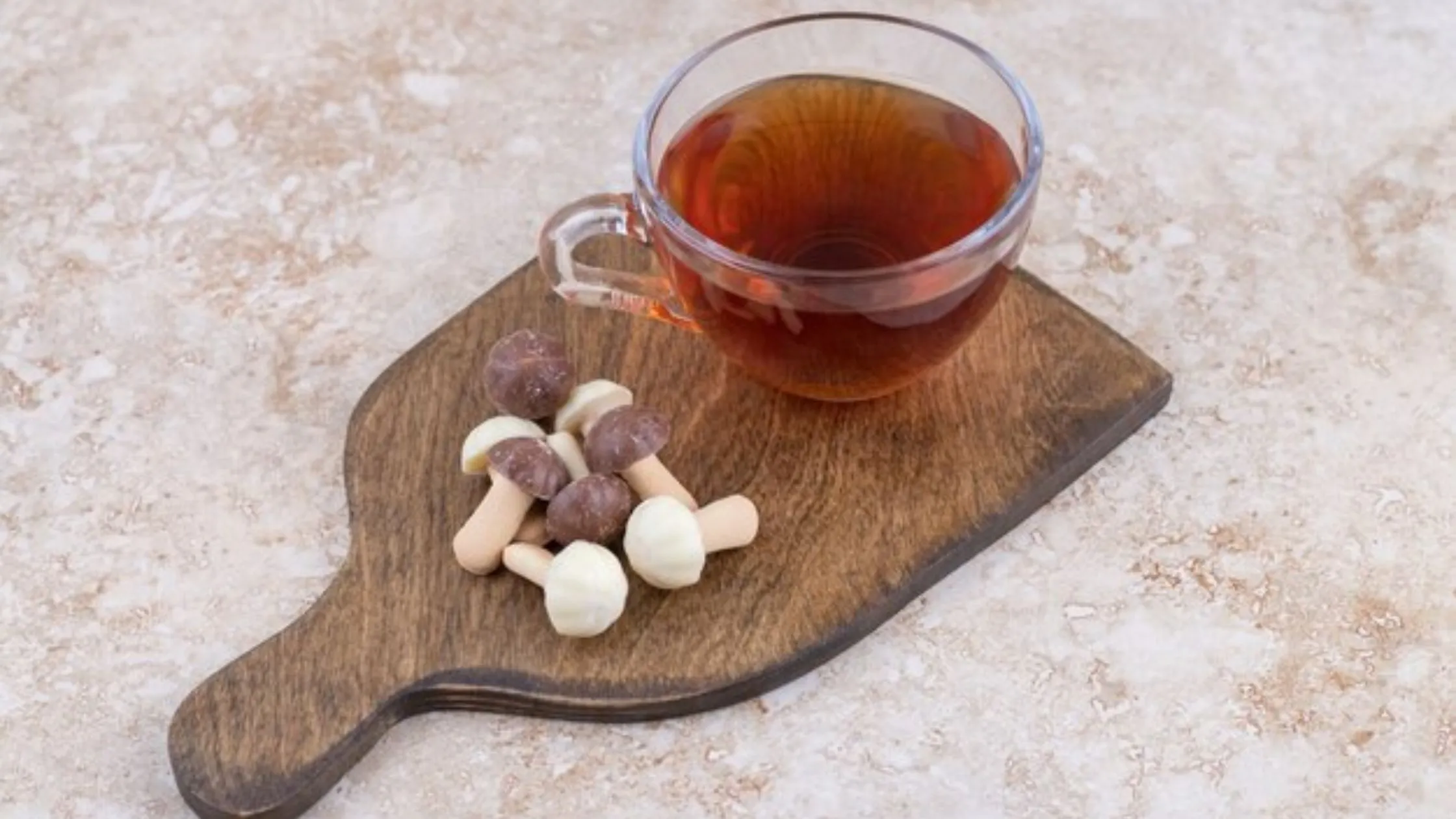
What Do Moths Eat?
What do moths eat? Well, moths have a peculiar eating habit, their diet undergoes drastic changes as they transform from caterpillars to fully grown adults. In the early stage, caterpillars are the true eaters.
They consume leaves, flowers and sometimes even fabrics such as wool or silk. However when moths become full grown ones it’s quite surprising! They stop eating solid food and start sipping nectar.
To do this, they use their long proboscis to drink from flowers, rotten fruit, or tree sap. So if you spot a moth flying around at night, it’s likely looking for sweet drink rather than searching for post-midnight snack
The Great Caterpie Caper
When we ask “what do moths eat” we find that ,oths are the big eaters. These fuzzy foodies consume a wide range of plant parts such as leaves, flowers, stems and even roots. They basically eat everything.
Some moths have specific tastes: for example there’s one called tobacco hornworm which loves to chomp on tobacco leaves.
Yet, the world of plants is not their only choice. Some moth caterpillars enjoy eating fungus and lichen, while others become unwanted visitors at our houses by feasting on fabrics, clothes moths or dry pantry goods.
How Caterpillars Consume
We know “what do moths eat” but have you ever thought about how they consume their food. Moth caterpillars are often ready for a lot of plant munching, unlike their adult forms. They have strong mouthparts known as mandibles that function like small jaws to help them cut through leaves and stems.
Certain caterpillars possess adaptations intended for particular plants too. For instance, tent caterpillars possess comb-like formations on their legs to hold onto leaves as they systematically scratch off the nourishing top part.
These unique traits make a few types of caterpillars very good at eating specific plants, making sure they benefit extensively from their pre-pupation feeding spree.
The Metamorphosis of Appetite
We know the answer to “what do moths eat” but it is not always same. When a moth is changing its form, the way it eats changes from being a caterpillar that chews to an adult that sips liquids. This alteration occurs because grown-up moths don’t possess complete digestive systems capable of handling solid foods.
Instead, they use their long mouthparts called proboscis for drinking liquids like nectar. This sweet fuel gives them energy for reproducing and flying, so solid meals are not needed in the brief period of time when they are adults.
The Adult Moth’s Liquid Diet
When it comes to “what do moths eat”Adult moths trade their chompers for a sophisticated sipper called the proboscis. This long, unfurling tube functions as a drinking straw, helping them to consume sweet beverages. Flower nectar is the traditional moth beverage, but their tastes are surprisingly varied.
Speaking of what do moths eat?, some moths like the fermented sweetness of rotting fruit, while others crawl into trees like tiny vampires, sucking sugary sap with their proboscis. There are even moth species that enjoy honeydew, a sugary substance released by aphids.
Not All Moths Are Made Equal
When we ask “what do moths eat” it sometimes also depends on their species. Most moths follow the honey and sap routine, but the moth world has a few surprises. Some moth caterpillars prefer strange dietary sources such as lichen or even bird droppings. There is also a unique species of vampire moth in South America that uses its proboscis to pierce animal skin and feast on its blood. Fortunately, these blood-feeders are restricted to a few species and pose little hazard to people. It just goes to illustrate how diverse the world of moths is, with feeding strategies for nearly anything.
Keeping Your Food Safe from Moth Larvae
Moths in your pantry are not a pleasant experience! To avoid these unwanted visitors, store your dry products in sealed containers. Glass jars, metal tins, and even heavy-duty plastic containers with secure closures work nicely. Remember to check for concealed moth eggs before storing new objects! You can also stock your pantry with natural deterrents such as bay leaves, cloves, and dried lavender sachets. These strong scents help repel moths and protect your food from their chewing habits.
Creating a Caterpie Paradise
Want to make a lively garden sanctuary for moths? Plant a variety of native flowers, including nighttime bloomers. Evening primrose, honeysuckle, and phlox are all moth magnets, drawing helpful caterpillars to their pleasant fragrances and nectar-rich blossoms. Moths, on the other hand, are not only gorgeous; they also serve an important ecological function. These fuzzy fliers serve as crucial pollinators, hopping from blossom to flower and ensuring the reproduction of several plants.
They also provide a nutritious food supply for birds, bats, and other species, so maintaining a healthy food chain. So, by offering a moth-friendly garden, you are not only attracting fascinating guests, but also contributing to a healthy environment.
If you still have doubts about “what do moths eat” you can come back and read again. From eating caterpillars to sugar-sipping adults, the world of moth feasts undergoes interesting transformations. So, the next time you see a moth fluttering past, remember that it is a reminder of life’s immense diversity and the surprising ways in which species fuel their survival.





